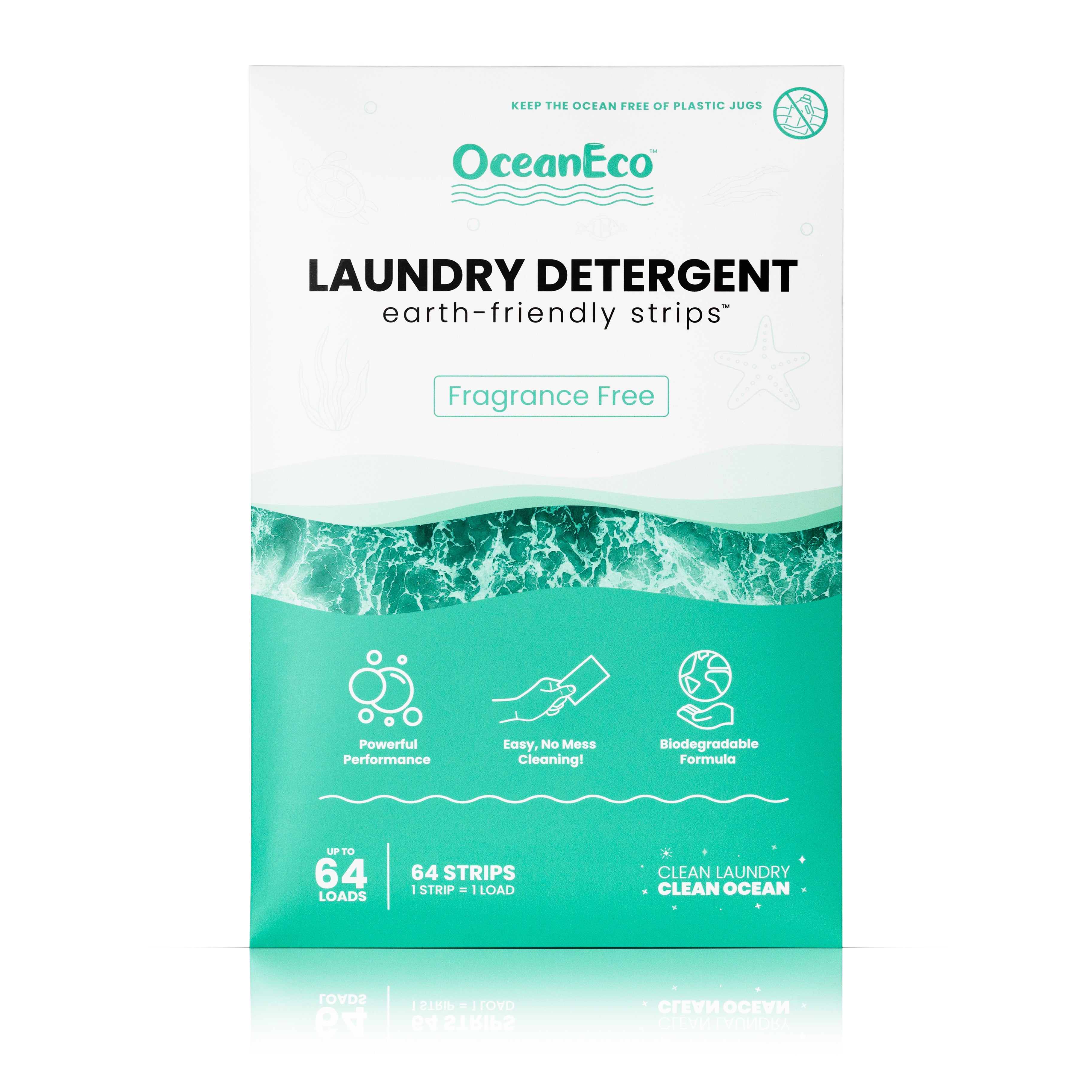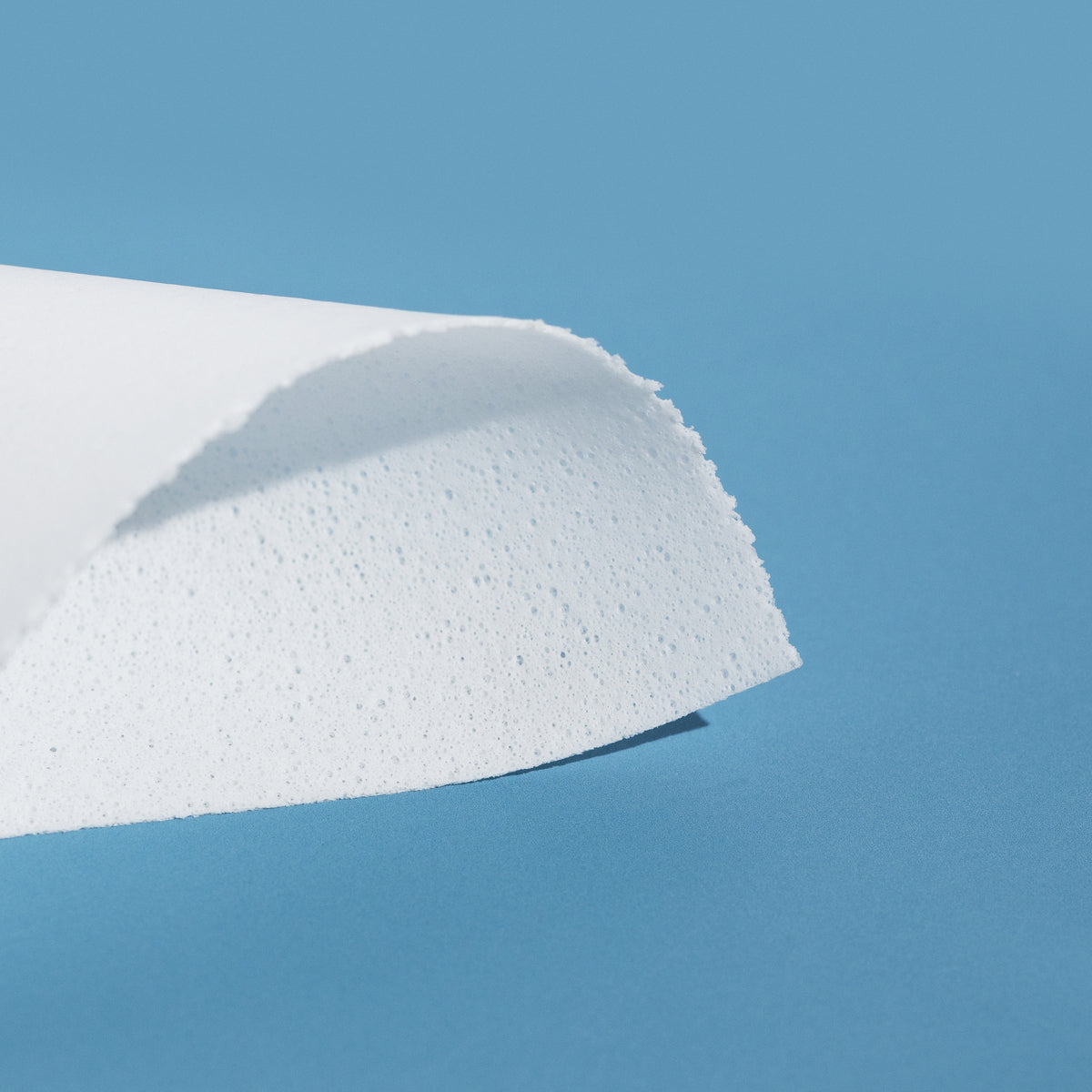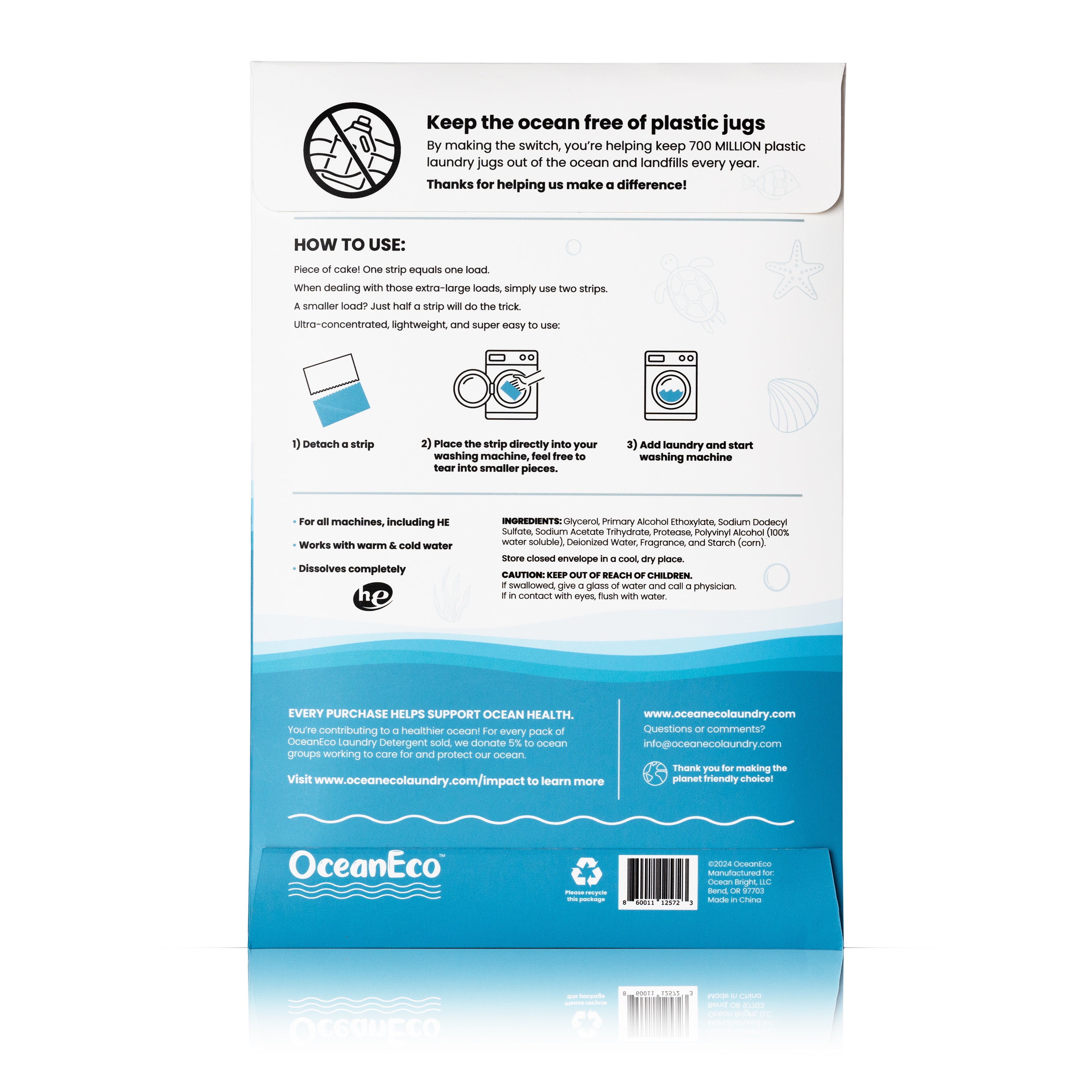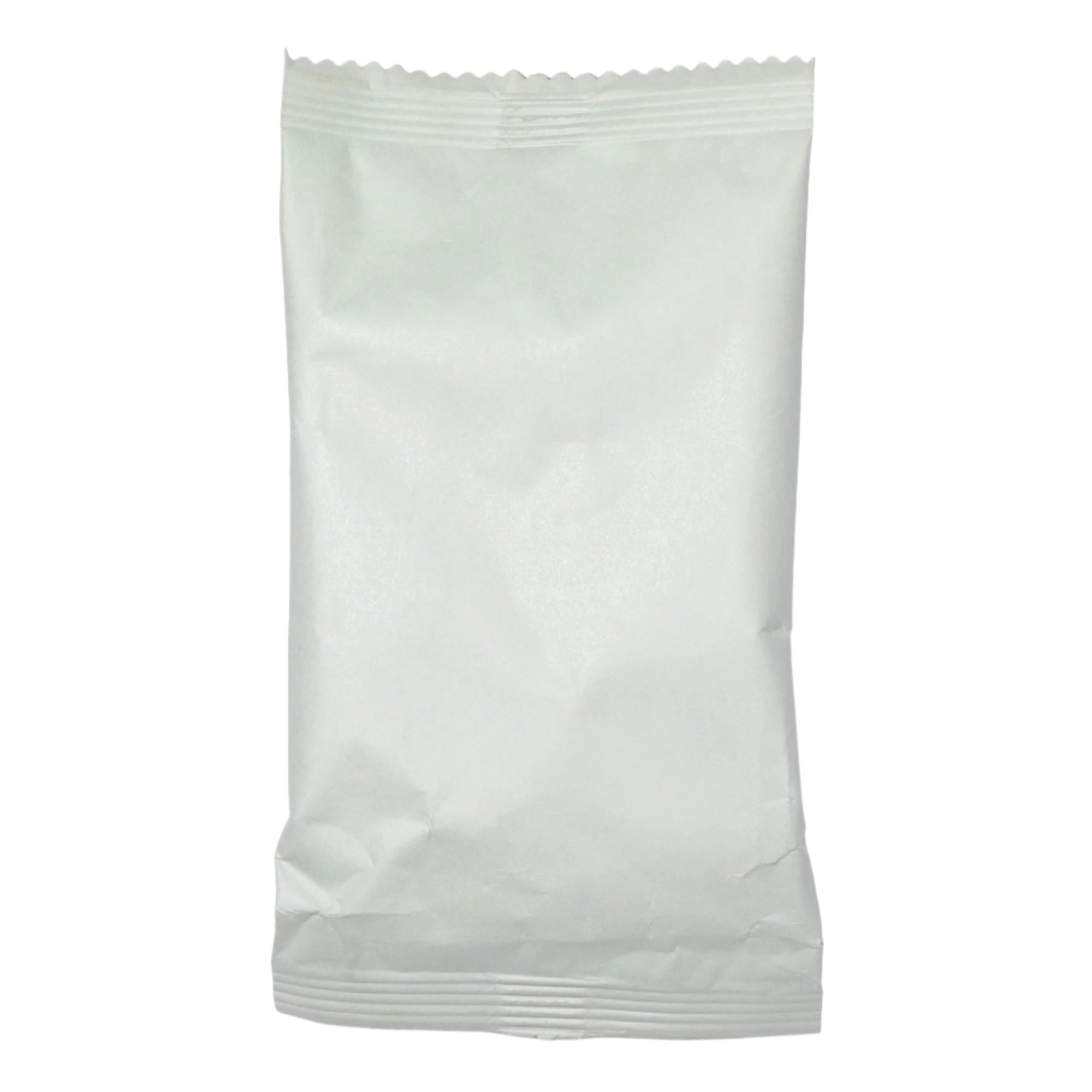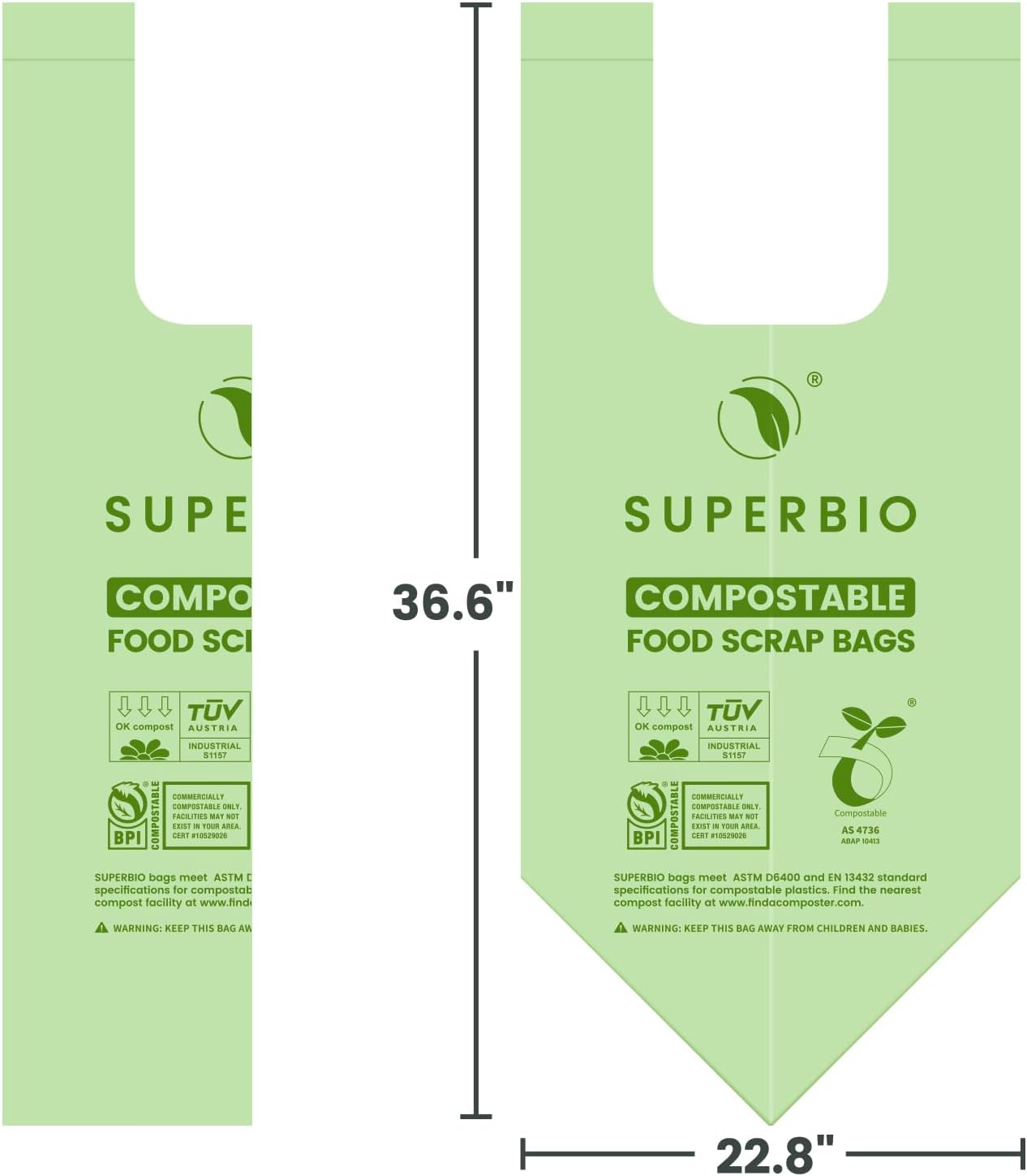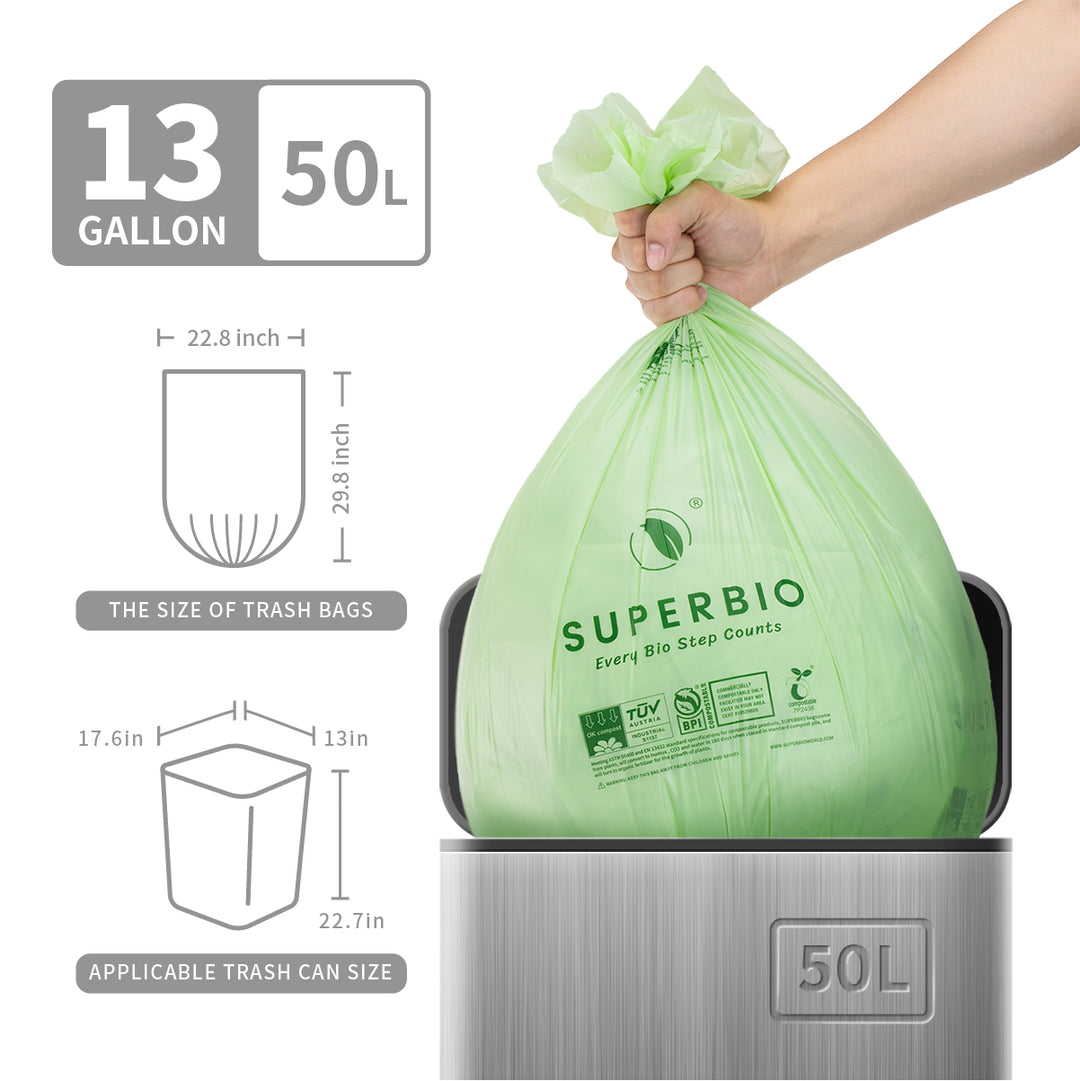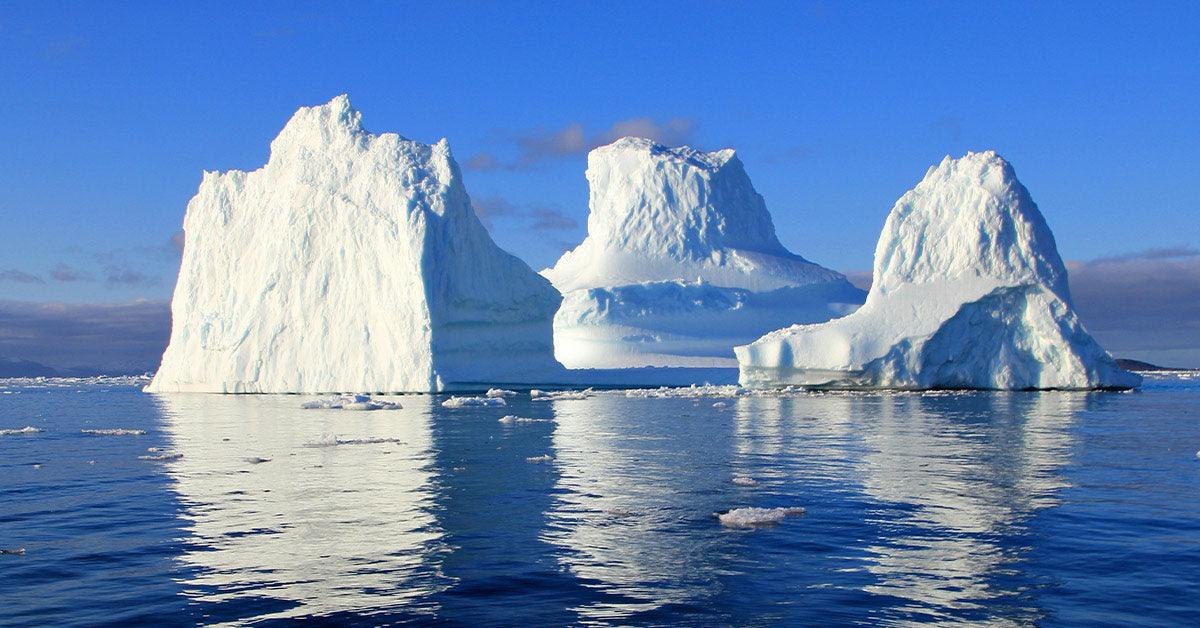Our Oceans Act Like A Toilet But The Flush Is Failing As Heatwaves Jam The Planet’s Lifeline
The sea has long pulled carbon out of the sky and stashed it away. Tiny plants capture CO₂. Tiny animals eat them and produce pellets that sink. Think of it as a global flush moving carbon down the pipe.
Recent evidence shows that flush is faltering during marine heatwaves, and the stakes are global. As reported by Grist, warm spells in the northeastern Pacific changed the plankton community and slowed the downward traffic of carbon particles into deeper water.

The ocean is the planet’s largest active carbon sink.
How the “Carbon Toilet” Works
Phytoplankton draw in CO₂ and feed zooplankton. Their waste—carbon-rich pellets—normally sinks to depth, where currents and time keep that carbon out of the air. This simple conveyor is central to the biological carbon pump, Mother Jones reports.
Heatwaves Change the Plankton—and the Pellets
During two major heatwaves (2013–2015 and 2019–2020) off Alaska, smaller phytoplankton boomed while larger species waned. Smaller grazers then produced smaller pellets. Those bits tend to hover, not plunge. The result: carbon accumulated in mid-depth “traffic jams” instead of falling to the abyss, Grist reports. As bacteria chew on this stalled material, they add CO₂ back into the water that can later surface and vent to the air.

Marine heatwaves cap the surface and block winter mixing.
The Sink Is Vast—And Under Strain
On average, the ocean absorbs roughly a third of human CO₂ emissions, reports NOAA. That intake acidifies seawater and complicates life for shell-building organisms, another NCEI warning. Whether the ocean can keep pace as emissions rise is not guaranteed—long-term, quality-controlled observations such as SOCAT help scientists track that capacity.
Signals of a Weakening Safety Valve
A global synthesis of interior-ocean measurements suggests the ocean’s sensitivity to rising atmospheric CO₂ has declined. Between 1994–2004, interior storage of human-caused carbon rose by about 29 billion metric tons; from 2004–2014, the gain was about 27 billion. That shift indicates a ~15% drop in the uptake sensitivity, according to NOAA. The study points to two drivers: diminished buffer capacity as waters accumulate CO₂, and circulation changes that move less carbon into the deep storehouse—potentially tied to a weaker Atlantic overturning, as NOAA reports.

Mid-depth layers trap carbon particles instead of exporting them.
Why Monitoring Matters Now
Heatwaves cap the surface, cut off winter mixing, and starve surface waters of nutrients, conditions that favor smaller plankton and stall the sink. Biogeochemical Argo floats revealed these vertical patterns across a decade, a window into how quickly the flush can clog, according to Grist. Expanding sustained observations—floats, ships, and curated databases—will show whether regional clogs are becoming a global pattern.































































































































































































